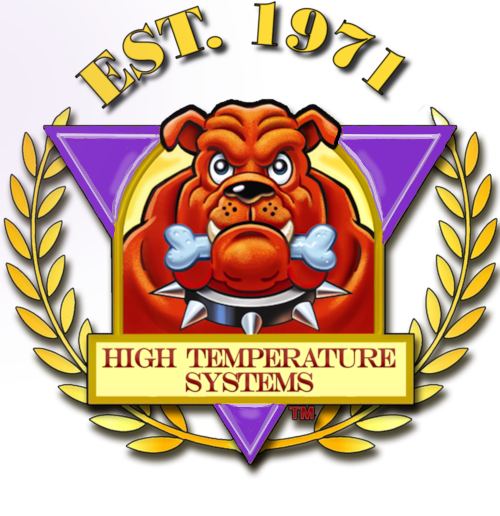Graphite Properties and Application in Molten Metal Pumps
Graphite is the refractory material of choice for many non-ferrous molten metal pump applications. Below is a list of graphite characteristics that are important in pump applications:
Dimensional Integrity - Graphite maintains mechanical dimensional integrity across a wide range of temperatures. Unlike steel alloys that bend and twist, graphite remains dimensionally stable and displays relatively low thermal expansion.
Thermal Shock Resistance - Graphite can tolerate significant thermal stresses better than many other refractory materials including silicon nitride.
Floats in Molten Metal - Graphite's relatively low specific gravity of 2.26 causes it to be buoyant in most molten metal applications.
Non-Wetting in Zinc - Graphite does not wet in zinc, so a drip-dry graphite pump sheds 99% of the zinc. This makes servicing the pump faster and easier.
High Thermal Conductivity - Graphites high thermal conductivity reduces preheat times (and reduces the risk of thermal shock.)
Chemical Compatibility - Graphite is impervious to most chemistry, aiding in economic rework of certain pump components. Unlike most refractories, it is compatible with most molten salt solutions as well.
Long Shelf Life - Graphite can be machined, treated, and retains a very long operational shelf life.
Reuse and Rebuilds - Graphite components that are not exposed to oxidizing agents at high temperatures can usually be rebuilt several times before replacement is required.
Oxidation Resistance - Impregnated with a proprietary oxidation inhibitor that substantially increases oxidation resistance, and improves atmospheric moisture resistance for improved shelf life.
Economical - From an overall ROI perspective, graphite is by far the best choice compared to the other refractory materials with favorable characteristics for building molten metal pumps.

